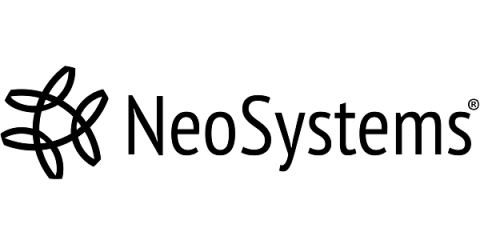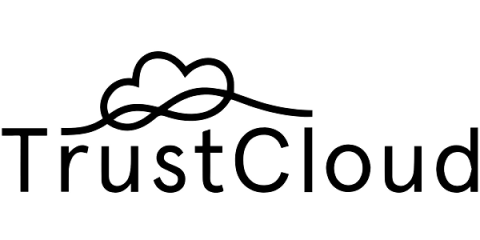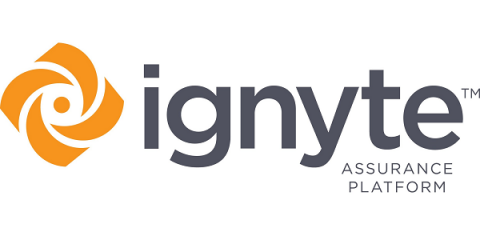Security | Threat Detection | Cyberattacks | DevSecOps | Compliance
Compliance
Reviewing the Proposed CMMC Regulations: Key Takeaways and Recommendations
The U.S. Department of Defense (DoD) delivered a timely Christmas gift to government contractors and subcontractors last month – the proposed regulations for the Cybersecurity Maturity Model Certification (CMMC) program. After over two years in development, the proposed rule, released on December 26, 2023, aims to enhance cybersecurity compliance across the defense industrial base.
Choosing the Best Cybersecurity Compliance Software
TrustCloud Named Security Innovation of the Year (SMB) by the Cloud Awards
PCI DSS Requirement 1 - Changes from v3.2.1 to v4.0 Explained
As we all know, data security is a constantly evolving field, and it’s essential to keep up with the latest standards and requirements. And mark your calendars, because the current PCI DSS v3.2.1 is set to retire on March 31st, 2024. That’s right, the PCI Security Standards Council (SSC) has announced the release of the new and improved PCI DSS v4.0, and compliance with this updated version is mandatory for organizations to maintain data security.
How to use AWS and Vanta for identity and access management
This blog is part of a series about how to use Vanta and AWS to simplify your organization’s cloud security. To learn more about how to use Vanta and AWS, watch our Coffee and Compliance on-demand webinar. Amazon Web Services, or AWS, is one of the most popular cloud providers for organizations today — providing one of the most flexible and secure cloud environments available.
Secure your data with FIPS compliance in Endpoint Central
In today’s fast-paced digital landscape, security is not just a priority; it’s an imperative. We’re excited to announce a significant enhancement to Endpoint Central that will take your data security to a whole new level—Federal Information Processing Standards (FIPS) compliance. In this blog, we’ll explore what FIPS compliance is, why it matters, and how it can benefit your organization.
The CISO's Guide to a Modern GRC Program with Trust Assurance
The position of CISO is not an enviable one. Modern CISOs face enormous challenges like managing the complexity of on-prem and cloud environments, being responsible for the actions of thousands of employees without having authority over them, being perceived as a drag on growth and other resources, and trying to keep up in a compliance and technology landscape that just keeps changing. Oh and budget? Limited and scrutinized.
FAQ: What Is DFARS Compliance and How Does It Work?
The Defense Federal Acquisition Regulation Supplement, better known as DFARS, has significance for contractors working with the Department of Defense (DoD). Our intention is to offer a comprehensive perspective on DFARS in the context of cybersecurity, its various clauses, and the intricacies of maintaining compliance as these rules constantly shift and change over time.
Cracking the DISA STIGs Code: A Comprehensive Guide
We’ve talked a lot about FedRAMP, CMMC, and the typical business/contractor security controls outlined in NIST SP 800-171, but these aren’t the only elements of cybersecurity that the government wants enforced. There are also the DISA STIGS to follow. What are they, do they apply to you, and how can you follow them?










